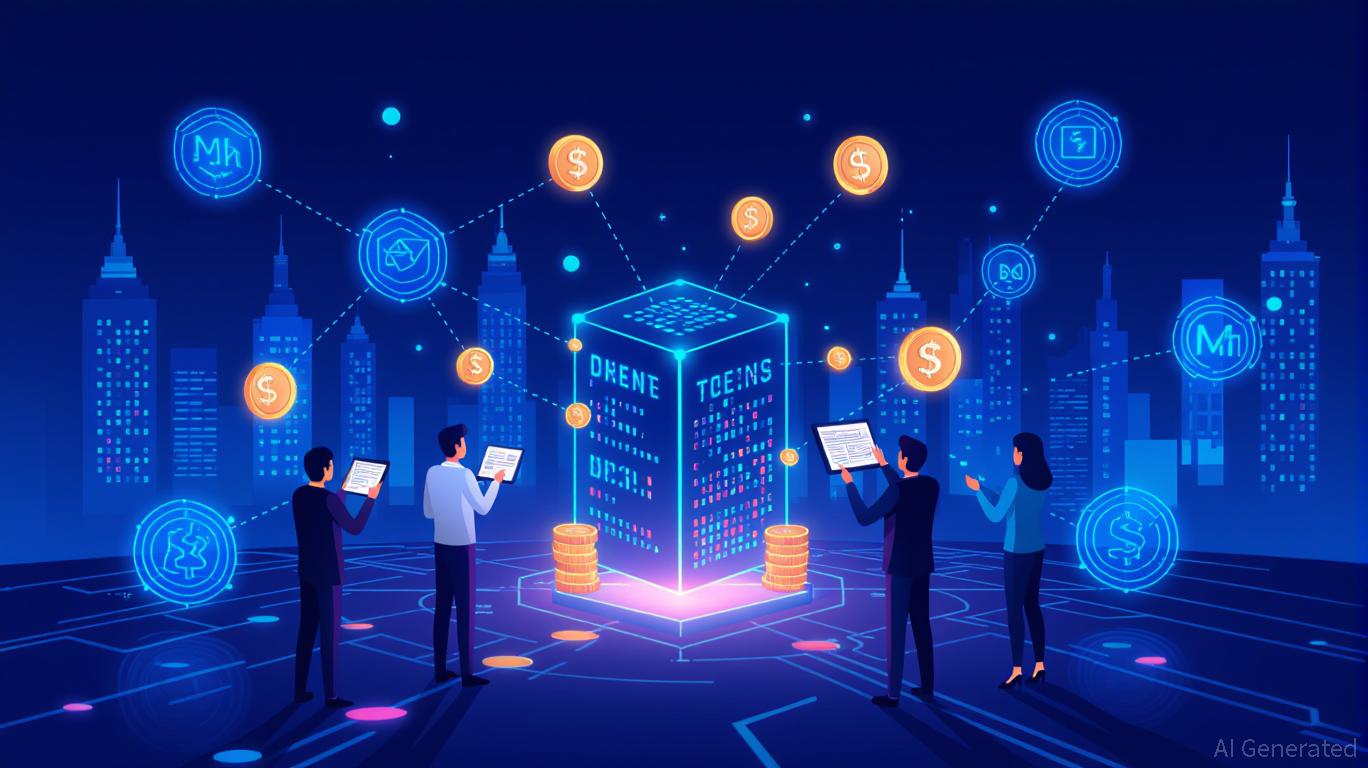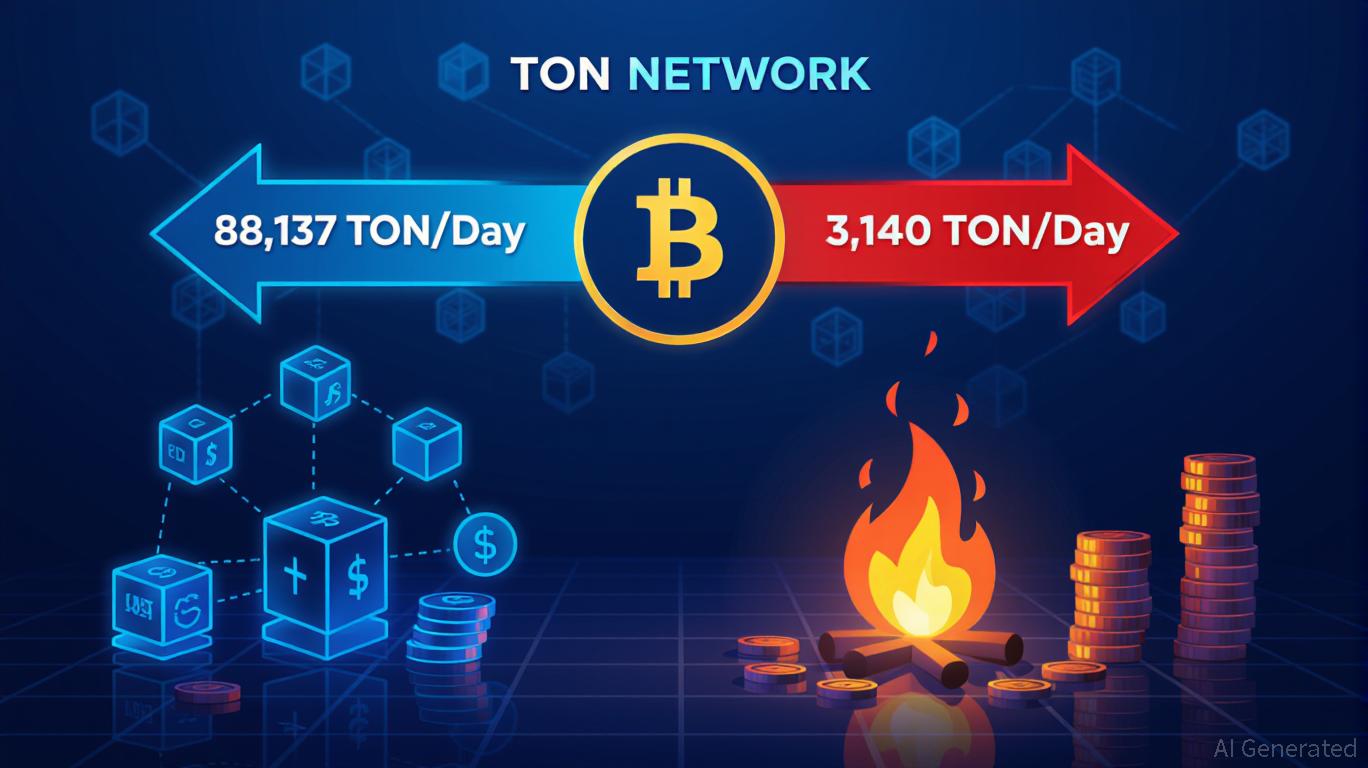Bitcoin NFTs Back in Spotlight as Ordinals Cross 350K Daily Inscriptions
Bitcoin Ordinals, a method of generating non-fungible tokens (NFTs) through a process called inscribing, debuted in January, bringing the NFT and smart contract narrative to the Bitcoin blockchain.

CORRECTION (July 11, 07:30 UTC): Corrects number of inscriptions in the headline and text to 350K daily from 3.5M total.
Activity in Bitcoin Ordinals, a method of generating Bitcoin non-fungible tokens (NFTs) through a process called inscribing, has picked up in the wake of the BRC-69 token standard launch.
The number of new inscriptions rose to over 350,000 on Monday, according to data tracked by blockchain analytics firm .
The daily tally has surged by over 250% since Ordinals launchpad Luminex unveiled the Bitcoin Request for Comment (BRC)-69 token standard on July 3. The modified version of the was launched to reduce the cost of inscriptions for Ordinals by over 90%.
"With BRC69, we can reduce the costs of inscriptions for Ordinals collections by over 90%. This reduction is achieved through a 4-step process: (1) inscribe traits, (2) deploy collection, (3) compile collection, and (4) mint assets," Luminex said in a Tweet thread.
"The brilliance of BRC69 lies in its simplicity. Minters only need to inscribe a single line of text instead of a full image. This text allows the final image to be automatically rendered on all ordinals-frontends, using solely on-chain resources, thanks to recursive inscriptions," Luminex added.
So far, BTC-69 seems to have delivered on its promise.

While the number of new inscriptions has surged, the daily fees paid for inscriptions remain stagnant, according to data tracked by Dune Analytics.
Ordinals in January, bringing the NFT and smart contracts narrative to the Bitcoin blockchain and spurring investor interest in tokens like STX, the native token of Bitcoin layer 2 Stacks Network.
Per Glassnode, the Ordinals boom can be divided into two waves, with the first representing activity between early February and late April. The image-based inscriptions led the first wave, while high free-paying text-based inscriptions led the second wave, which began in May.
"By inscription count, Wave 2 was an order of magnitude larger, however activity has been in consistent decline since May. There has been a brief uptick in text inscriptions this week, however unconfirmed transactions across Bitcoin mempools are starting to clear overall," Glassnode's weekly report published Monday said.
Edited by Parikshit Mishra.
Disclaimer: The content of this article solely reflects the author's opinion and does not represent the platform in any capacity. This article is not intended to serve as a reference for making investment decisions.
You may also like
The Growing Buzz Around Momentum (MMT) Token: Could This Be the Next Major Opportunity in Crypto Investments?
- Momentum (MMT) token surged 4,000% post-2025 TGE, driven by exchange listings and speculative demand, despite a 70% correction. - Institutional adoption accelerated by $10M HashKey funding and regulatory frameworks like MiCAR, while Momentum X targets RWA tokenization. - Retail investors face volatility risks from leveraged trading and token unlocks, contrasting institutions' focus on compliance and stable exposure. - Technical indicators show mixed outlook, with RSI suggesting potential bullishness but

Tech Learning as a Driver of Progress in 2025
- Global demand for AI, cybersecurity, and data science education drives enrollment surges, with U.S. AI bachelor's programs rising 114.4% in 2025. - Institutions innovate through interdisciplinary STEM programs and digital ecosystems, addressing workforce gaps with AI ethics and immersive tech integration. - Education-tech stocks gain traction as hybrid learning models and AI-driven platforms align with $4.9 trillion digital economy growth and rising cybersecurity job demand. - Federal funding challenges

TWT's Tokenomics Revamp for 2025: Supply Structure Adjustment and Lasting Value Impact

Aster DEX: Connecting Traditional Finance and DeFi by Streamlining Onboarding and Encouraging Institutional Participation
- Aster DEX bridges TradFi and DeFi via a hybrid AMM-CEX model, multi-chain interoperability, and institutional-grade features. - By Q3 2025, it achieved $137B in perpetual trading volume and $1.399B TVL, driven by yield-bearing collateral and confidential trading tools. - Institutional adoption surged through compliance with MiCAR/CLARITY Act, decentralized dark pools, and partnerships with APX Finance and CZ. - Upcoming Aster Chain (Q1 2026) and fiat on-ramps aim to enhance privacy and accessibility, pos

